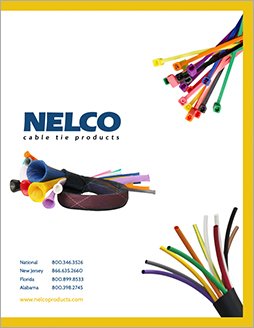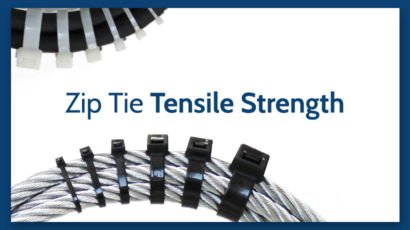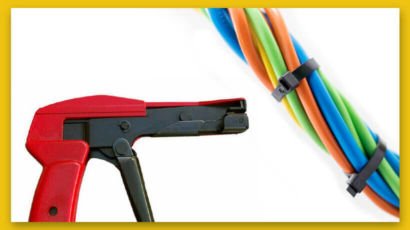How do I tie a metal cable tie?

Understanding the Difference between Cable Tie Products
Metal cable ties come in three forms:
- Stainless steel is used in applications that require corrosion resistant ties with high tensile strength.
- Nylon-coated ties that provide strength while minimizing scratches.
- There are also plastic ties that have ferrous materials embedded in them for detection by metal scanning equipment.
The first two types have a range of home and industrial uses, but the last type is used almost exclusively to ensure product safety in the food service industry.
Metal Cable Tie Installation without Specialty Tools
A quick pull will zip metal impregnated ties shut, and it can be opened by pushing the ratchet up with a flathead screwdriver. Some use a metal powder that allows the cables to be cut with standard cutters; others have a thin wire, requiring the use of cutters designed to handle metal.
Metal ties and some nylon coated ties use a ball bearing head. This allows the cable to pass freely into the head, but will wedge itself against the cable if it’s pulled on. Tin snips can be used to cut any cable sticking out of the head, but a strap or cable cutter will leave a cleaner cut.
Cable Tie Installation Tools
A cable tie installation tool is made to tighten and cut the tie in one motion. Power tools are used in industrial settings, but manual tools are within reach of home installers.
After the strap has been pushed through the head, it’s fed into the tool until the end of the tool is against the head. Squeezing the trigger will slide the cable through the tool, tightening the metal cable tie. Once the correct tension is reached, the pull will force a blade into the cable, cutting it to length.


